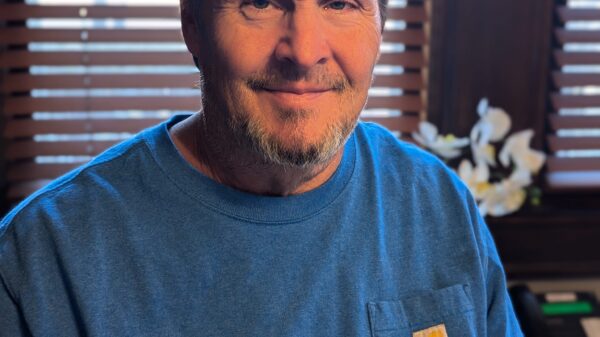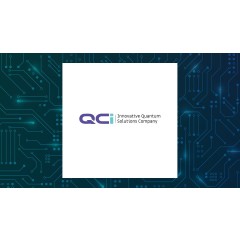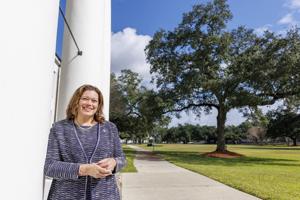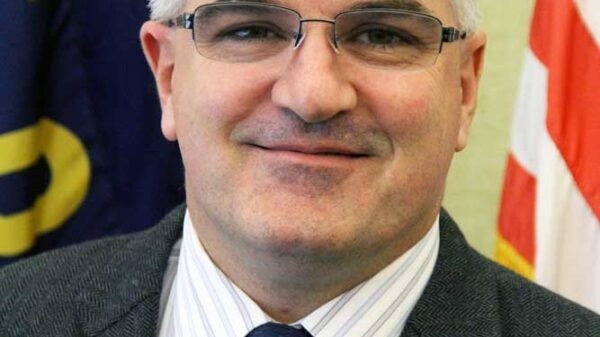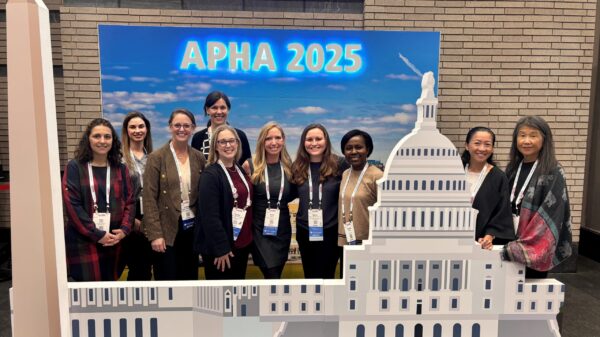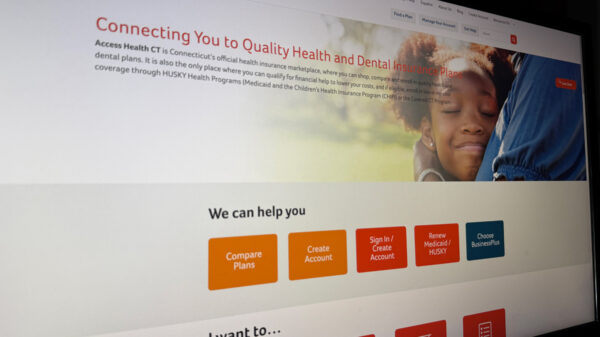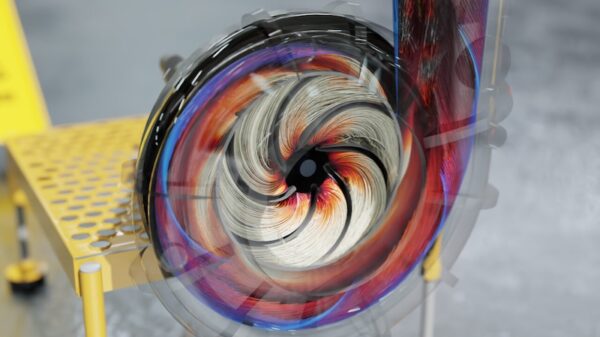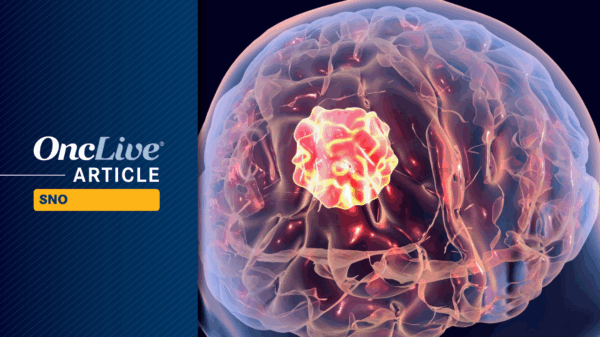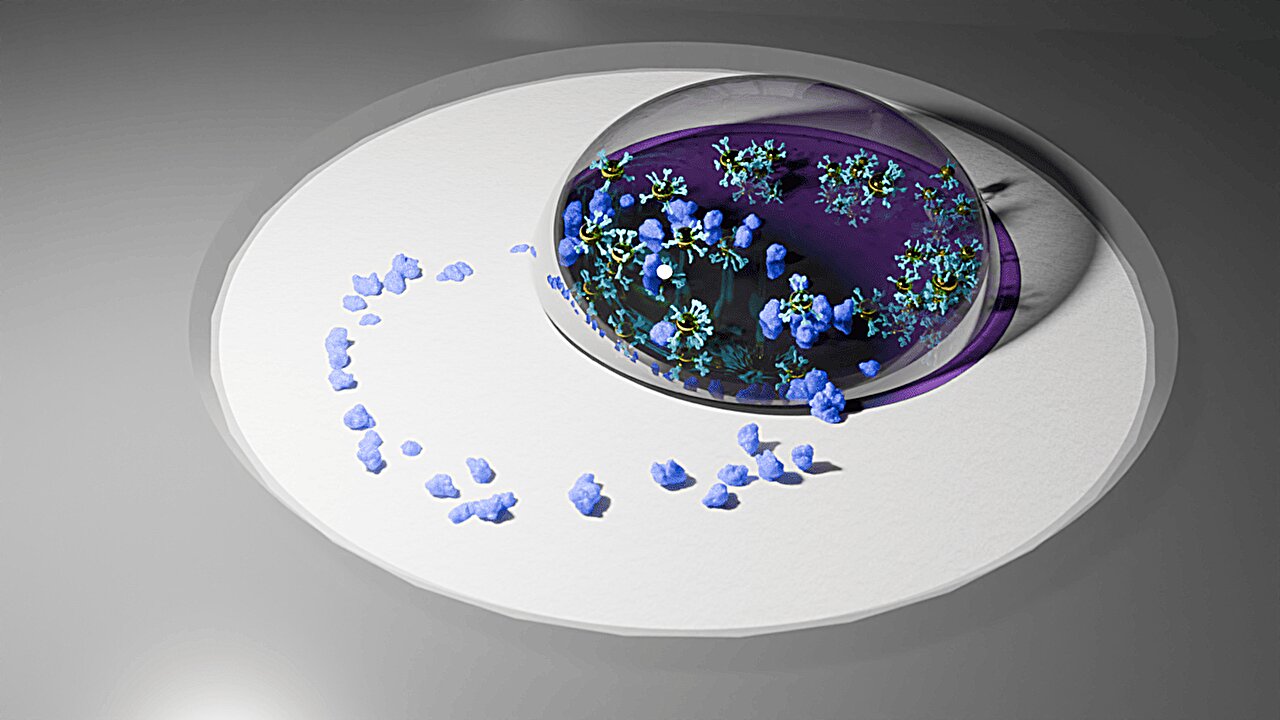In a groundbreaking development, researchers from the University of California, Berkeley, have unveiled a new at-home test that promises to revolutionize disease detection. Utilizing a combination of natural evaporation processes, plasmonics, and artificial intelligence, this innovative test can identify diseases with startling accuracy, potentially transforming how conditions like COVID-19 and cancer are diagnosed.
The recent surge in at-home testing, particularly during the COVID-19 pandemic, has highlighted the need for more sensitive diagnostic tools. While convenient, these tests often lack the sensitivity of those conducted in clinical settings, leading to false negatives. The new biosensing technology, however, could be a game-changer, offering sensitivity up to 100 times greater than existing rapid tests.
Harnessing the Coffee-Ring Effect
The core of this new technology lies in the “coffee-ring effect,” a phenomenon where particles in a liquid droplet migrate to the edge as it evaporates, forming a distinctive ring. UC Berkeley engineers have leveraged this effect to concentrate disease biomarkers, enhancing test sensitivity significantly.
Kamyar Behrouzi, a recent Ph.D. graduate in micro-electromechanical systems and nanoengineering, explains, “This simple yet effective technique can offer highly accurate results in a fraction of the time compared to traditional diagnostic methods.” His work, published in the journal Nature Communications, outlines the potential for more accessible diagnostics, particularly in low-resource settings.
Combining Nanoparticles and AI
The test employs plasmonic nanoparticles, which interact uniquely with light. Users add a liquid sample containing disease biomarkers to a membrane. As the liquid dries, the biomarkers concentrate in a ring. A second droplet containing engineered nanoparticles is then added. If disease biomarkers are present, the nanoparticles aggregate, altering light interaction patterns detectable by the naked eye or an AI-powered smartphone app.
“The technology gives results in less than 12 minutes and is 100 times more sensitive at detecting COVID-19 than equivalent tests,” Behrouzi noted.
Implications for Rapid Disease Detection
Beyond COVID-19, this technology holds promise for detecting other severe conditions. Liwei Lin, a Distinguished Professor of Mechanical Engineering at UC Berkeley, highlighted its potential for diagnosing sepsis, a critical condition that can develop rapidly in older adults. “Every hour is critical, but culturing bacteria to determine the source of the infection can take days. Our technique could help doctors detect sepsis in 10 to 15 minutes,” Lin stated.
The researchers have developed a prototype home testing kit, incorporating 3D-printed components to guide sample placement. This innovation could make regular screening for conditions like prostate cancer more accessible, reducing the need for frequent hospital visits.
Future Prospects and Broader Impact
The introduction of this test could significantly impact public health, particularly in regions with limited access to healthcare facilities. During the COVID-19 pandemic, at-home tests became a crucial tool for managing the spread of the virus. This new technology could extend that convenience to other diseases, making regular health monitoring a feasible option for many.
Additional contributors to the study include Zahra Khodabakhshi Fard, Chun-Ming Chen, Peisheng He, and Megan Teng, all affiliated with UC Berkeley. Their collective efforts underscore a growing trend towards integrating advanced technology with healthcare solutions, aiming to democratize access to critical diagnostic tools.
For more information, refer to the study: Kamyar Behrouzi et al, Plasmonic coffee-ring biosensing for AI-assisted point-of-care diagnostics, Nature Communications (2025). DOI: 10.1038/s41467-025-59868-y
As the world continues to grapple with various health challenges, innovations like these offer a glimpse into a future where early detection and timely intervention could become the norm, potentially saving countless lives.














